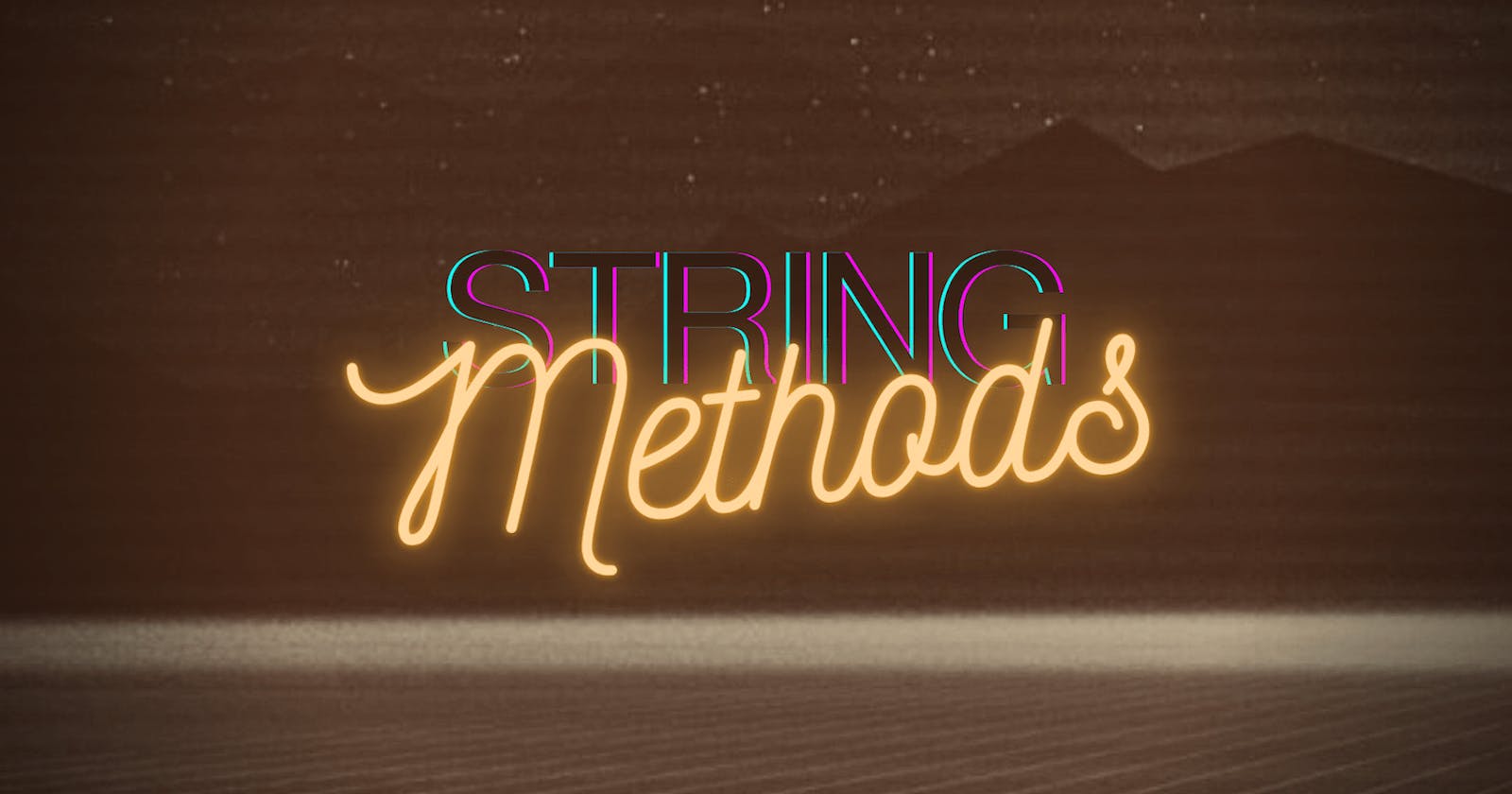padStart() and padEnd() to end the series
They are sworn rivals of the trim() family
Table of contents
In case you're interested in a little bit of back-history, there's always the (old) news related to the npm left pad incident. Warning: you can spent quite a while browsing tweets, reddit posts and posts about the subject.
Well, thankfully we now can just use padStart() and padEnd() to add padding to our strings!
padStart
padStart() will concatenate a new string to the start of an existing string until a certain length is reached, then return the result as a new string.
It takes two parameters: the length you want your new string to be, and what you want to use as "filling" to make the existing string reach that length.
- If your target length is less than the original string's length, no changes will be made
- If you don't specify a target length, the string will be returned with no changes
- If you don't specify a filling/padding string, then
padStart()will default to using a space (" ") - In case the filling/padding string is too long to fit the target length, then it will be truncated from the end - that is, characters will be removed from the end of the padding string to make it fit
- On the other hand, if the padding string is too short to reach the target length, then it will be repeated until it does reach the length
See it in action:
const string = "We're scuba diving!"
string.length
//output: 19
string.padStart(10, 'Glub-glub')
//output: "We're scuba diving!"
string.padStart(25, 'Glub-glub')
//output: "Glub-gWe're scuba diving!"
string.padStart(25)
//output: " We're scuba diving!"
string.slice(-8).padStart(25, 'Glub-glub')
//output: 'Glub-glubGlub-glu diving!'
padEnd
padEnd() will also concatenate a string, this time to the end of another, until a target length is reached.
It also takes two parameters: target length and string to use as padding. It follows the same general rules as padStart(), with the only change being where the padding string is added.
const string = "We're scuba diving!"
string.length
//output: 19
string.padEnd(10, 'Glub-glub')
//output: "We're scuba diving!"
string.padEnd(25, 'Glub-glub')
//output: "We're scuba diving!Glub-g"
string.padEnd(25)
//output: "We're scuba diving! "
string.slice(-8).padEnd(25, 'Glub-glub')
//output: ' diving!Glub-glubGlub-glu'
Padding right-to-left languages
Do note that the positioning of the padded strings remains consistent across left-to-right and right-to-left languages, regardless of where the language considers the string to begin/end.
const rtlText = ' ەركىنلىك'
const ltrText = ' freedom'
rtlText.padStart(21, 'ABC')
//output: 'ABCABCABCA ەركىنلىك'
ltrText.padStart(21, 'ABC')
//output: 'ABCABCABCAB freedom'
rtlText.padEnd(21, 'ABC')
//output: ' ەركىنلىكABCABCABCA'
ltrText.padEnd(21, 'ABC')
//output: ' freedomABCABCABCAB'
A little practice
Try adding a Credit Card Mask in this 7-kyu CodeWars kata!

